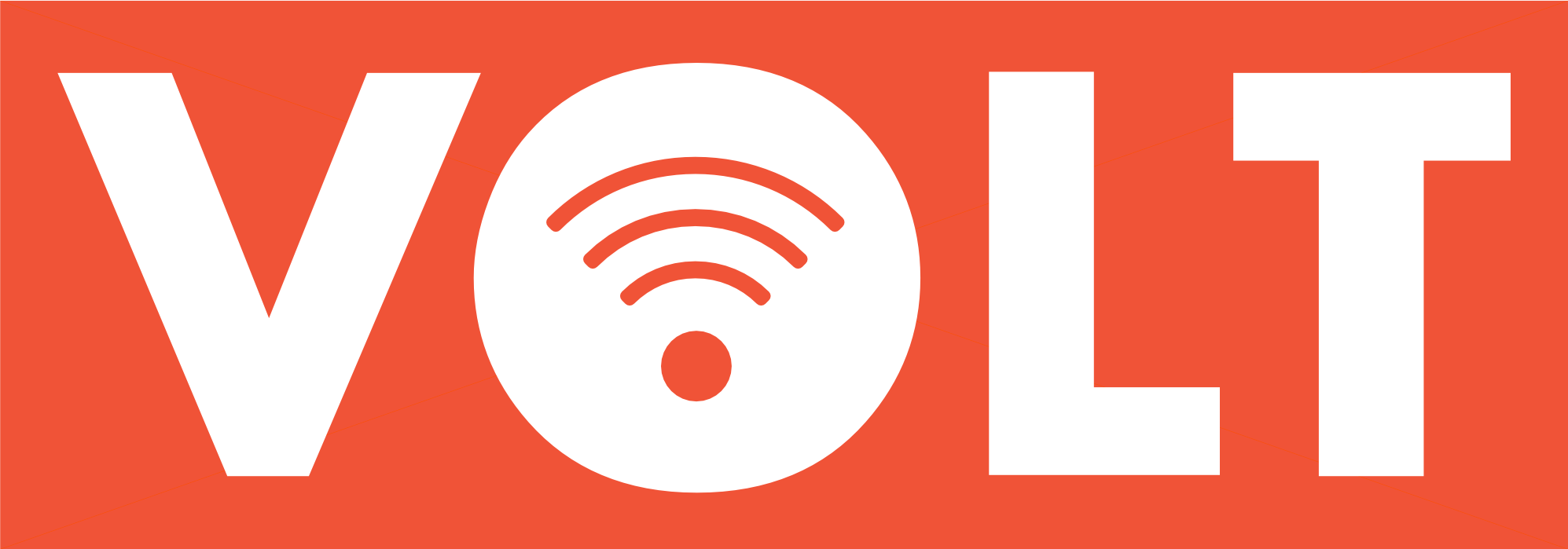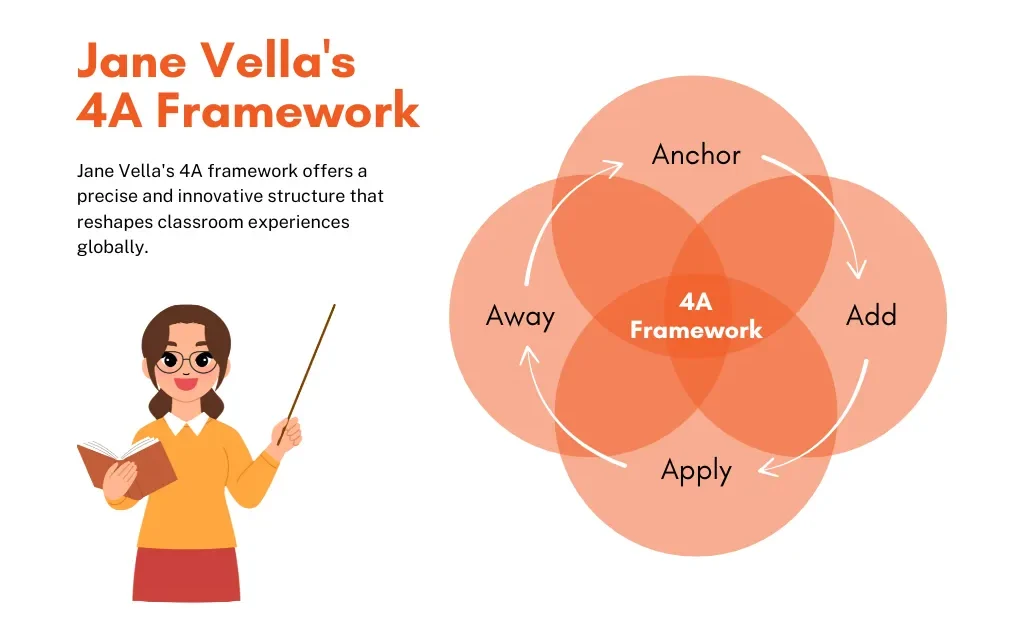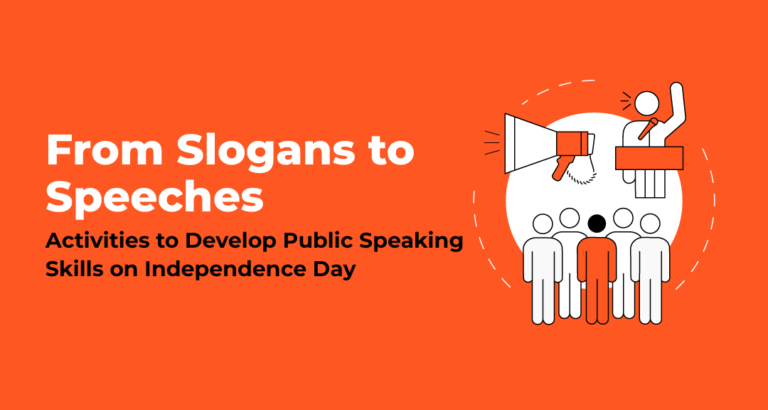How to Craft an Effective Lesson Plan: The 4A Framework by Jane Vella
- Teaching
- July 11, 2025
- VOLT Learning

Every great classroom session begins with a single decision made hours before students arrive. That decision? How you choose to plan your lesson. Effective Lesson planning isn’t just administrative paperwork—it’s the architectural blueprint that determines whether your classroom becomes a place of discovery or distraction.
A thoughtfully crafted lesson plan holds crucial significance in transforming every classroom moment into a meaningful learning experience, as it accommodates multiple learning styles every day while allowing students to grasp the concept immediately.
But here’s the brutal reality: traditional lesson planning often leaves teachers feeling overwhelmed and students feeling underwhelmed. You (as a teacher) know the topic’s context inside and out, but translating that knowledge into captivating classroom experiences remains one of teaching’s most significant challenges. The gap between knowing your subject and creating transformative learning moments can feel impossibly wide.
However, Jane Vella’s 4A framework can bridge that gap with remarkable precision. If you are wondering what Jane Vella’s 4A framework is and why teachers across continents rely on this method when it comes to “how to write a lesson plan”, then this article can be your must-have read.
What is Jane Vella’s 4A Framework?
Jane Vella, a renowned educator and pioneer in dialogue education, developed the 4A framework as part of her comprehensive approach to adult learning. The framework is primarily based on four interconnected components: connection, discovery, practice, and real-world application, which together complete a single learning cycle.
Originally, it was designed for adult learning, but the versatile approach to drafting engaging lesson plan formats gained incredible acceptance for all age groups and subjects. The 4A framework serves as the effective lesson planning GPS, where each “A” represents a crucial waypoint in your students’ learning journey, ensuring they arrive at their destination and develop understanding through a structured and engaging path.
The four-step lesson plan format cycle includes:
- Anchor: Start by helping students connect new learning to what they’ve already experienced. This isn’t just about revising old material — it’s also an opportunity to create a positive and collaborative atmosphere in the classroom where students feel comfortable sharing and relating their ideas.
- Add: Introduce new concepts or skills and link the fresh information to the existing knowledge base so that it feels connected and not overwhelming. It prepares students to make sense of what they’re learning and see how it fits into the bigger picture.
- Apply: Give students a chance to use it, whether it’s through discussions, writing, problem-solving, or creative activities. This is how students actively engage with the content and begin to turn theory into practice.
- Away: Finally, encourage students to apply what they’ve learned beyond the classroom. It could be in a formal assessment, a project, or even real-life situations. The goal is to help them apply their new knowledge in various contexts and deepen their understanding of it.
The beauty of Vella’s approach lies in its simplicity and effectiveness. Unlike traditional strategies for writing a lesson plan, which often feel disconnected or overwhelming, the 4A framework creates a natural flow that mirrors how the brain actually processes and retains information.
By systematically addressing how students connect with, acquire, practice, and extend their learning, Jane Vella’s 4A framework enables teachers to deliver educational experiences that resonate far beyond the classroom walls. The apparent benefits of consistently applying these principles are increased student engagement, better retention, and more meaningful classroom discussions.
How to Use the 4A Framework to Create a Lesson Plan?
Anchor: Building Bridges to Prior Knowledge
The ANCHOR phase, as the name indicates, serves as the foundation for effective lesson planning by connecting new learning to what students already know and helping teachers find the answer to the crucial question: “Why should students care about this topic?” With this phase, teachers can create cognitive bridges that make new information meaningful and accessible to students.
Teachers can begin lesson plans by identifying what their students already know about the subject and then creating engaging activities that draw out their existing experiences, opinions, or previous learning.
For Example, a mathematics lesson plan on fractions might begin by asking students to share how they’ve encountered parts of wholes in their daily lives, such as splitting a pizza, measuring ingredients, or dividing playing time.
Effective anchoring techniques include:
- Brainstorming sessions where students share related experiences
- Quick polls or surveys related to the topic
- Storytelling session to build a connection with students’ backgrounds
- Problem-solving scenarios that mimic real-world situations
Add: Introducing New Knowledge Systematically
The ADD phase is where teachers can introduce new concepts, skills, or information by building upon the fundamental concepts established in the Anchor phase.
Start with the most fundamental concepts by gradually introducing complex lessons. Utilise multiple modalities, such as visual, auditory, and kinesthetic, to ensure that all learners can access the information. The phase also includes interactive demonstrations, guided explorations, and collaborative discoveries to make the lesson plan formats particularly engaging.
Consider these Add phase strategies:
- Mini-lectures broken into digestible chunks
- Hands-on experiments or investigations
- Multimedia presentations with interactive elements
- Peer teaching opportunities
- Guided practice with immediate feedback
The key is maintaining engagement while ensuring comprehension and being ready to adjust your pace based on student responses.
Apply: Practising in Safe Spaces
During the APPLY phase, the application transforms passive learning into active mastery, providing students with opportunities to practice new skills or apply new knowledge in controlled environments where mistakes become learning opportunities rather than failures.
Teachers can plan various application activities for students that simulate real-world usage while providing appropriate scaffolding to support their learning. During this phase, students are provided with enough challenges to engage their problem-solving skills, but not so much difficulty that they become
frustrated or overwhelmed.
Effective application strategies include:
- Collaborative problem-solving activities
- Role-playing scenarios
- Case study analyses
- Creative projects that require new skills
- Structured practice with peer feedback
Throughout this phase, the teacher’s role shifts from that of an information provider to a facilitator, offering guidance by asking probing questions and celebrating progress while addressing misconceptions or gaps in learning.
Away: Extending Learning Beyond the Classroom
The AWAY phase is where learning becomes truly meaningful, allowing students to apply their new knowledge and skills in real-world contexts outside the classroom. This phase transforms lesson content from an academic exercise into a practical tool.
Plan Away activities that students can realistically complete given their age, resources, and circumstances. These include homework assignments, family discussions, community observations, or personal projects. The goal is to help students see how their learning connects to their lives beyond the school environment.
Consider these Away phase possibilities:
- Home applications that involve family members
- Community observations or interviews
- Personal reflection journals
- Real-world problem-solving challenges
- Creative expressions of learning
Follow up on Away activities in subsequent lessons. When students share their experiences, you reinforce the value of learning while gathering valuable feedback about the effectiveness of your instruction. This creates a continuous cycle of improvement for both you and your students.
Bringing Everything Together
When all four phases are combined, the teacher can create a comprehensive lesson plan that not only addresses different learning styles, but also maintains engagement and promotes retention. When applying Jane Vella’s 4As framework to create a lesson plan format, try to include clear objectives for each phase, specific activities, time allocations, and assessment strategies.
It is advisable to start by identifying the learning outcomes—what students should know, understand, and be able to do by the end of the lesson. Then, work backwards by designing activities for each phase that support these outcomes. Remember that phases can vary in length depending on your content and students’ needs.
In a typical 40-45 minute lesson plan, ensure a balanced allocation of 5 minutes for Anchor, 15 minutes for Add, 15 minutes for Apply, and 10 minutes for Away planning.
Transforming Your Lesson Plans with the 4A’s Sequence
Mastering any new approach takes time and practice. It is advisable to start implementing the 4A framework with one lesson or one subject at a time. Based on the success of the process, you can then expand the horizon of utilising Jane Vella’s framework for the entire academic curriculum. Also, try not to ignore student responses towards the lesson plans drafted using this framework, and never shy away from adjusting the approach based on observations to truly honour students’ needs truly.
Remember, the most successful teachers are those who are open to learning and improve themselves. Jane Vella’s 4A framework provides a solid foundation for this continuous growth, helping you create lesson plans that truly serve students’ needs while honouring their experiences and potential.
Frequently Asked Questions:
1. How do I begin creating a lesson plan using the 4A framework if I’ve only used traditional formats before?
Answer: Start by identifying your learning outcomes—what students should know and be able to do. Then, map your lesson plan format using the 4A structure:
- Anchor: Connect to prior knowledge
- Add: Present new concepts
- Apply: Practice through engaging activities
- Away: Extend learning beyond the classroom
This phased approach simplifies how to write a lesson plan while enhancing its effectiveness.
2. Can the 4A framework be adapted for subjects like math or grammar?
Absolutely! The 4A method is content-neutral, making it an ideal approach for effective lesson planning across various disciplines. For example:
- A math lesson plan could begin with real-life scenarios (Anchor), explain fractions (Add), use fraction puzzles (Apply), and assign a cooking-at-home activity (Away).
The key is purposeful structuring rather than topic constraints.
3. How much time should I assign to each 4A phase in a short class period?
In a typical 40–45 minute class, here’s a balanced lesson plan format:
- Anchor – 5 minutes
- Add – 15 minutes
- Apply – 15 minutes
- Away – 10 minutes
Time flexibility is allowed, based on the complexity of the topic and the student’s response. The goal is to maintain momentum and engagement, rather than adhering strictly to a set timing.
4. Isn’t this just another method? What makes the 4A framework so effective?
The beauty of the 4A framework is its alignment with how students naturally process information. It supports effective lesson planning by:
- Engaging diverse learning styles
- Encouraging active participation
- Promoting real-life application
Unlike traditional lesson plan formats that focus mostly on delivery, the 4A method emphasises student-centred learning cycles.
5. How do I know if my lesson plan using the 4As is working?
Measure success through student engagement, retention, and post-lesson feedback.
- Are students curious during the Anchor phase?
- Do they grasp concepts in Add?
- Are they actively involved in Apply?
- Can they connect learning in Away?
This reflective loop helps refine how to write a lesson plan over time for deeper classroom impact.
Share On:




